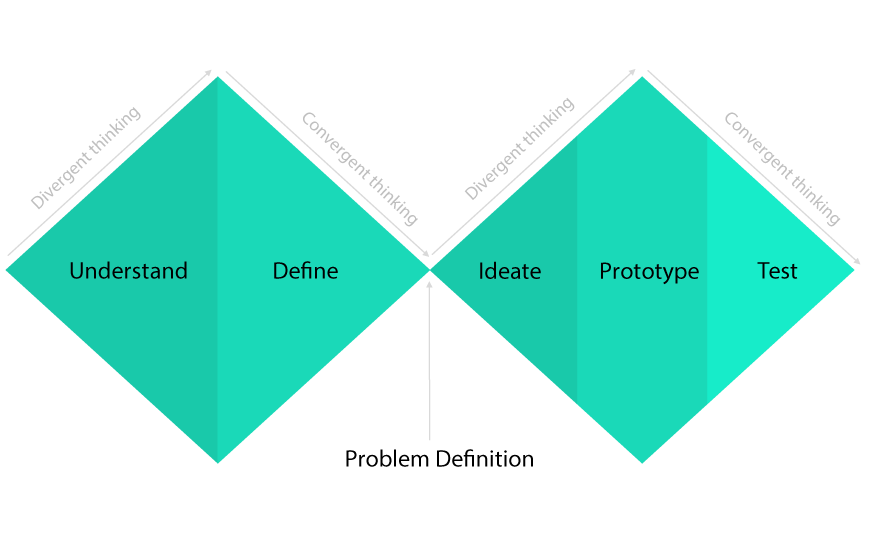
The digital design and UX design professions seem to be having a great moment of introspection lately, some of it raising important discussion, whilst a lot of it descends into pedantic shouting on social media.
I think the best articles I have read about the subject deal with articulating the value of design, and the methods that we use to design things for people. Here they are, as a snapshot of current thinking:
What is the value of design?
You can talk about User-Centred Design, great user experiences, empathy, but usually senior executives will want to hear about how your approach translates to a return on dollars and cents (ROI).
Here’s a short article from Khoi Vinh, which bullet points how he would explain UI/UX design to a non-designer.
And here are 3 articles from Jared Spool that can help you to articulate to stakeholders the value of a User Experience process:
Design Methods
Every creative agency has a “process”. Design Thinking and ideation are nothing new, but in recent years they have entered more mainstream discussion, with large agencies and more traditional companies getting excited about this magical process that guarantees innovation.
Here’s a few links that question the current obsession with design methods and frameworks (which clients can struggle with) and that following them is a methodical guarantee of success.
- http://www.themoderniststudio.com/2018/06/18/design-is-a-mess/
- http://www.themoderniststudio.com/2018/05/28/enough-design-methods/
- https://medium.com/@jasonmesut/im-thirsty-vs-get-me-some-water-6f1175e22633
“Everyone is a designer”
I wish someone could count up the hours and bytes devoted to arguing about the meaning of this statement. I first thought it was slightly ridiculous, and devalued the training and talents of designers. But I think if you take it more in the spirit of promoting a collaborative process, then it has merit.
Really great design is the sum of many parts and disciplines and a successful design requires input from everyone that in some way uses it or is a part of inputting and shaping the product. It requires trust and respect on both sides of the engagement.
But I don’t believe that you can navigate that tricky problem space without a trained designer to guide it. Good designers have been trained to think differently, to do proper research, to see patterns, to connect dots, to reframe problems in a way that can open up new possibilities to users and clients.
And yes, designers can also make things look awesome. I really admire the skill that a good “visual” designer brings to any product, they can elevate something that works really well to something that is beautiful.
Because at the end of the day, even if it ticks all the required boxes, you have to ask yourself “Does it give me joy?”.